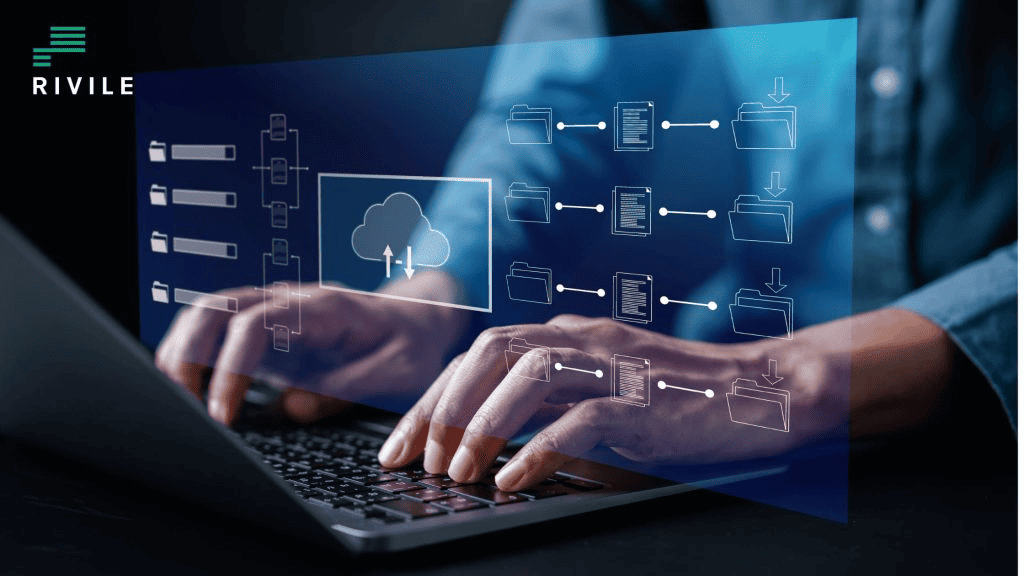Invoice: Everything You Need to Know

An invoice is one of the main documents in business accounting—it proves that a financial transaction has taken place between two parties. Whether you provide services or sell goods, an invoice is necessary for both legal and accounting purposes.
In this article, we’ll explain why an invoice is important, how to issue it correctly, what mandatory details it must include, and at the end—we’ll answer the most frequently asked questions.
What Is an Invoice?
An invoice is an official financial document that formalizes the sale of goods or services between two parties—the seller and the buyer. It is not only a payment request but also legal proof that an economic transaction has occurred.
An invoice shows all the key details of the transaction: who bought what, how much was paid, whether VAT was applied, when payment is due, etc. This document is one of the most important in both accounting and tax reporting—for individuals engaged in self-employment as well as large companies.
According to current legislation, an invoice must be issued as soon as goods are sold or services are provided, unless otherwise agreed in contracts. Each invoice must be sequentially numbered, stored for a specified period, and submitted to the STI (State Tax Inspectorate) if required.
Why Is an Invoice Important?
An invoice is a cornerstone document that serves several important functions:
- Financial: It is the primary document used by accounting to record income and expenses. Without it, accurate bookkeeping is impossible.
- Tax: VAT (if applicable) is calculated based on the invoice, declarations are prepared, and payments to the budget are made. It is important for both VAT deduction and other tax calculation procedures.
- Legal: In case of a dispute between buyer and seller, the invoice can be one of the most important pieces of evidence about the transaction, its terms, and payment deadlines.
- Control: Invoices help companies monitor payment flows, customer debts, and plan cash flow.
The importance of invoices becomes even more evident when using a business management system like Rivile ERP, which allows automatic invoice generation, tracking, VAT management, and ensures that documentation is accurate and sent on time.
Legally and practically—the invoice is the backbone of all business activity. That’s why it’s crucial to know how to fill it out and manage it correctly.
Mandatory Invoice Details
According to the laws of the Republic of Lithuania, an invoice must include the following details:
- Invoice number
- Issue date
- Seller’s details
- Buyer’s details
- Description of goods or services
- Price excluding VAT
- VAT amount (if applicable)
- Total amount
- Payment due date
- Signature (if required)
Invoice number – a unique document number that helps identify each invoice.
Issue date – the date the invoice was issued. Important for deadlines and VAT reporting.
Seller and buyer details – name, address, company code, VAT payer code (if applicable).
Description of goods/services – a clear, specific description of what the buyer purchased.
Price, VAT, and total amount – must clearly separate the amount without VAT, the VAT amount, and the final price.
Payment due date – the date by which payment must be made.
How to Issue an Invoice Correctly?
- Enter the invoice number and date.
- Input buyer and seller details.
- Describe the services or goods in detail.
- Specify quantity, price, applicable VAT, and total amount.
- Add the payment due date.
- Check all details—this helps avoid errors.
Using the Rivile ERP accounting software, issuing invoices becomes much faster, safer, and more accurate—especially when issuing documents in bulk or managing recurring invoices.
How to Issue an Invoice for Individual Activity?
Self-employed individuals issue invoices similarly, but without certain elements, such as a VAT code (if not a VAT payer). Their invoice must match the details of their activity certificate.
Invoice Storage Rules and Duration
By law, issued and received invoices must be stored for at least 10 years from the date of issue. They must be easily accessible to the STI or other institutions in case of an audit.
Frequently Asked Questions (FAQ)
How to pay an invoice?
By transferring funds via online banking using the details provided, including the invoice number and payment purpose.
How to issue an invoice with a business certificate?
Holders of a business certificate issue a simpler form of invoice. VAT is not indicated unless you are a VAT payer.
How to fill out an invoice?
Follow the steps mentioned above—the most important thing is to enter all required details accurately.
What does an invoice look like?
Usually, it’s an A4 format document containing all mandatory details. Examples can be found in the Rivile ERP system.
How to issue an invoice to a private individual?
It’s issued the same way as for a company, except instead of company details, you include the individual’s name, surname, address, and (if needed) personal ID number.


